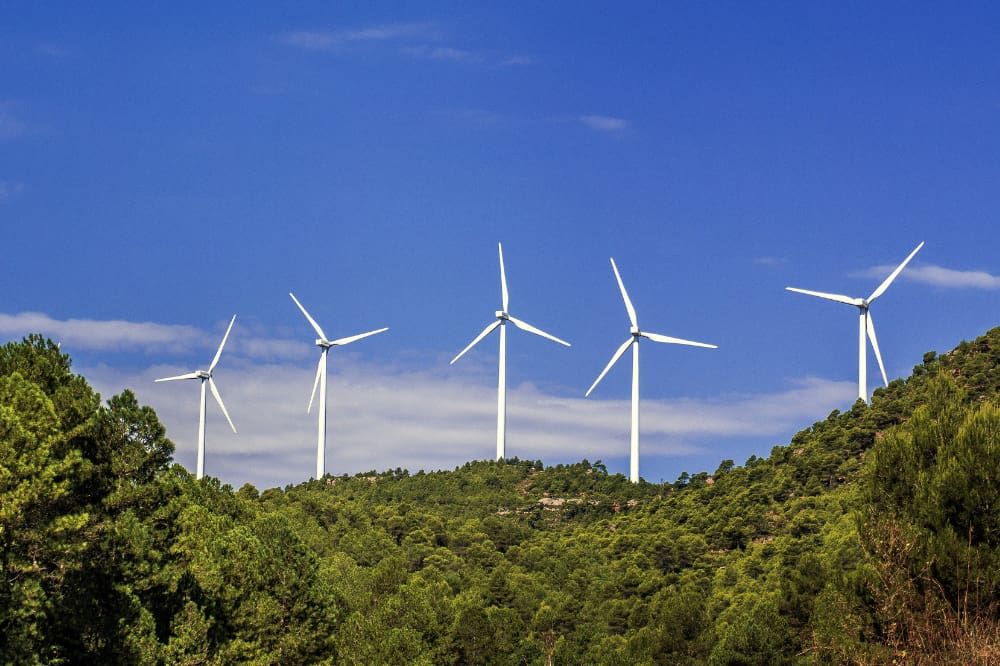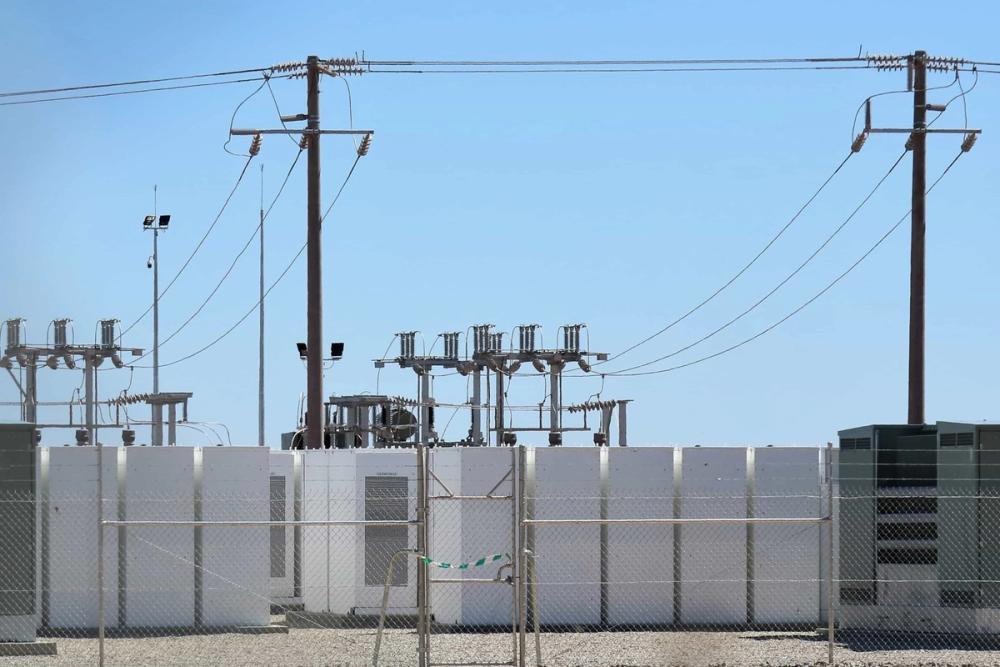Q&A With Ryan Macindoe, Planning Manager

What does your role as Planning Manager at Balance Power involve?
My role involves many things, but critically it’s about navigating the complexities of delivering planning consents for renewable energy projects, whilst building our growing pipeline of projects. Day-to-day, I support Balance Power’s overall strategic vision and work with key stakeholders to provide more clarity and certainty, and to help unblock barriers in the planning process.
What attracted you to the energy sector?
I started my planning career as a consultant delivering large-scale residential, industrial, and mixed-use projects before moving into the energy sector in Australia and now in the UK.
The sector is exciting because it’s constantly evolving and has huge opportunity for growth. I like the variety and having to adapt to changing market conditions and global forces keeps you on your feet. Every project has its own unique challenges to overcome, and I particularly enjoy collaborating with experts to ensure we’re delivering projects that will make a real impact to the energy transition and ultimately, to the planet.
We have an ambitious goal of a 100% clean electricity grid by 2035 and I’m excited to work within a sector and company that will drive this change.
What is something you’d like landowners to know as a Planning Manager?
Planning is a balancing act and there are a lot of issues that projects can come up against in the process. One of the main concerns for landowners is how the local community will respond – which is why sensitive and early stakeholder engagement is so crucial to what we do.
Landowners and farmers have a lot of challenges to deal with such as labour shortages, rising energy costs, and unpredictable weather, all of which make faming increasingly difficult to navigate. Energy projects can help to alleviate some of this stress by providing secure, long-term revenue while also supporting the UK’s journey to net zero.
What’s the planning process from beginning to being shovel ready?
When a prospective site is identified and a landowner is interested in understanding what project would be best suited to the land, we do a high-level assessment with a whole range of planning considerations, to see if it meets all the criteria to move through the process. These considerations include planning policy, landscape conditions, potential ecological value, land classification, grid connection, and the scale of the project.
Once it meets our criteria, we move to a preliminary design phase and work out what type of project can be delivered on the site. From there, we move into the consultation phase which involves working with the local council and other government agencies, as well as local stakeholders to gauge their views on the development. This might lead to a redesign to avoid any issues.
Following this, further assessments are carried out and the design is refined. Once all potential impacts are fully mitigated, we will submit the planning application.
Planning permission is either granted or refused. If it’s refused then an appeal is likely to be submitted, and the decision to grant or refuse permission is made by a senior planning inspector who will review and assess the proposal based on planning merit. We have a high success rate in appeal and a strong track record at picking the right technology for the land in the first place, as our projects are designed to be sensitive to the landscape and environment, as well as being deliverable to the UK grid.
Once permission is granted, or an appeal is successful, that is when planners consider the land to be ‘shovel ready’.

What role do Balance Power’s energy projects play in our journey to net zero carbon?
They are absolutely key. Balance Power has successfully developed many types of energy projects since 2017. We explore all viable technology options that will deliver the right solution for the land and landowner, and the greatest impact for the planet. This has resulted in a planning success rate of 94%; reducing time and expense on speculative projects and increasing time spent delivering on the UK’s goal of a 100% clean electricity grid by 2035.
Where do you see the energy sector 10 years from now?
A key challenge is making clean energy the easier choice for businesses and individuals, which is significantly helped by the fact that renewables, like wind and solar PV, are now a lot cheaper than fossil fuel alternatives. I think we’ll start to see decentralised energy production and storage whereby individual homes and large-scale energy users will have far greater power over their energy supply. For example, more will have access to their own generation technology and battery storage and will be able to easily and affordably charge up their cars and homes.
This will come at the same time as a continued rise in demand for energy – as everything we use requires energy. The movement towards EV will mean that we will need even more energy from the network. Battery storage will play a vital role in the future of energy, as it creates stability in the network. But we need much more investment and innovation in long duration battery storage, so that what is generated can be stored and connected more readily to enable generation to keep pace with demand.



